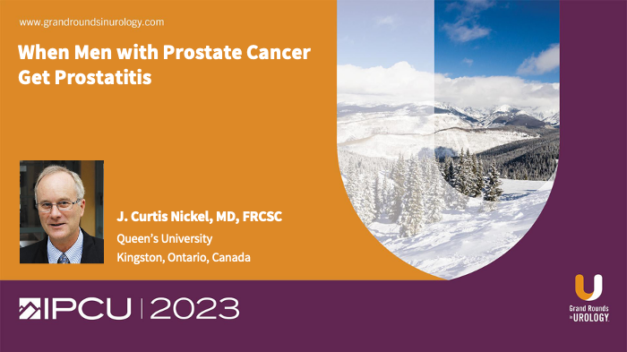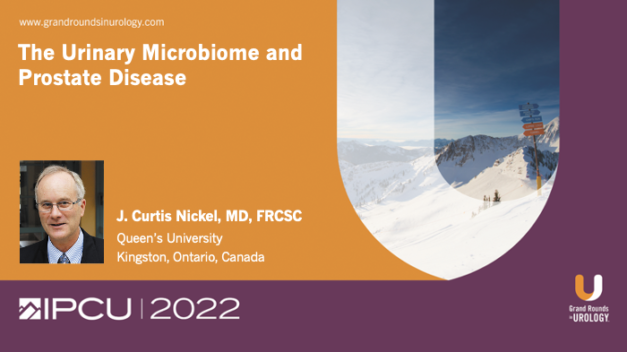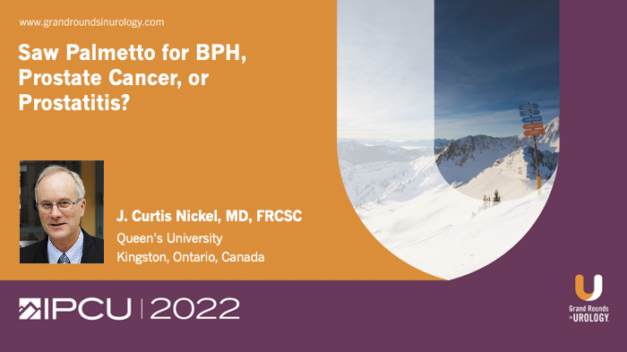When Men with Prostate Cancer Get Prostatitis
J. Curtis Nickel, MD, FRCSC, discusses the diagnosis, treatment, and outlook for prostate cancer patients with co-occurring prostatitis. He begins by addressing the prevalence of prostatitis, chronic prostatitis (CP), and chronic pelvic pain syndrome (CPPS), and the complicated relationship between differing classes of prostatitis and prostate cancer.
Over the course of the presentation, Dr. Nickel addresses:
Warning signs of prostatitis, CP, and CPPS
Diagnostic algorithms for identifying prostatitis
Impacts of prostatitis on patient QOL
Risk factors for pre-existing prostatitis in prostate cancer patients
Prostatitis in patients who no longer have prostates
The lack of concrete treatment guidelines
Dr. Nickel outlines an algorithm for diagnosing and monitoring prostatitis taking into account urinary, psychosocial, organ-centric, and other symptoms. He concludes by highlighting the importance of treating prostatitis/CP/CPPS in patients with prostate cancer.
Read More


